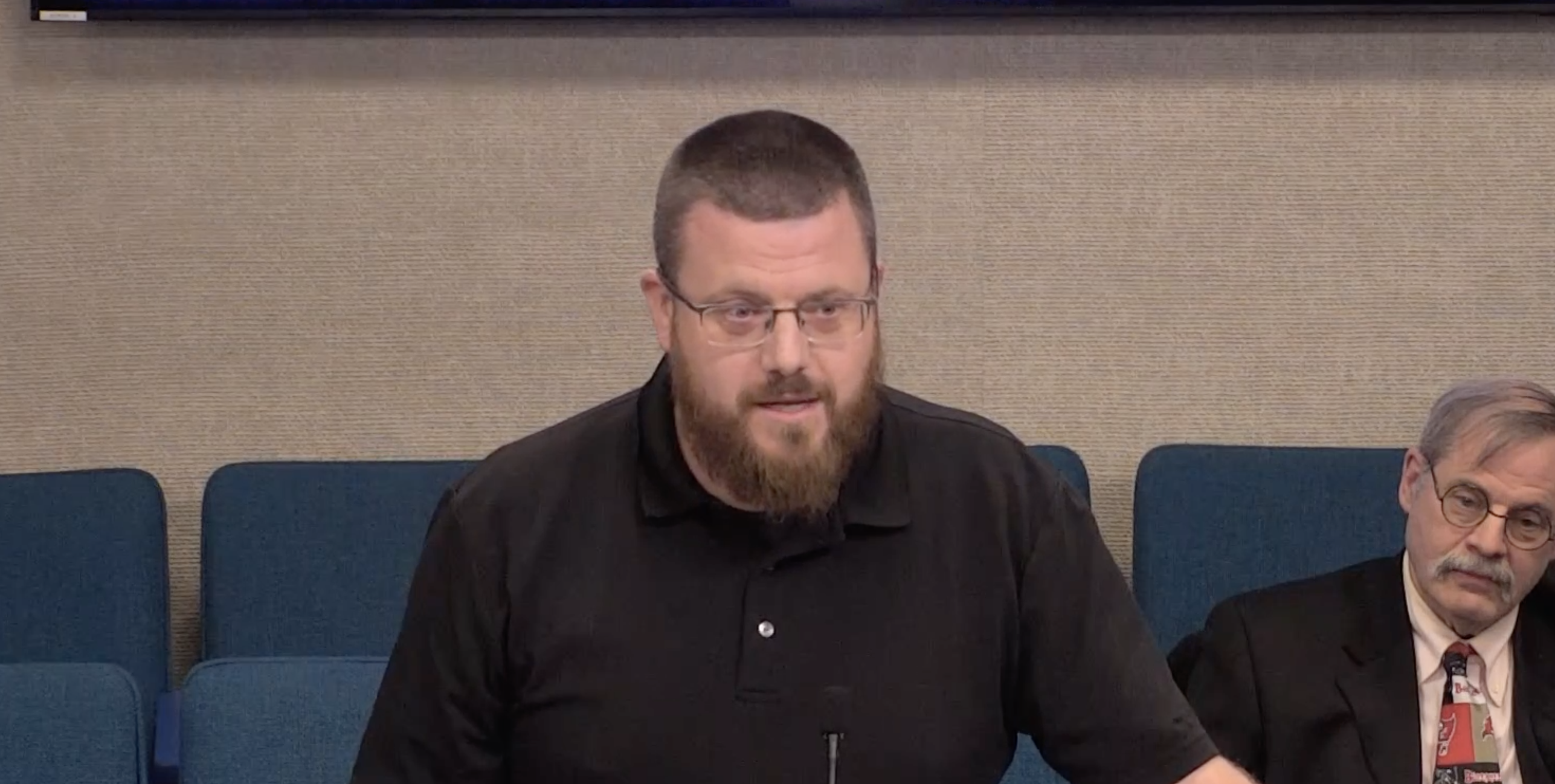Restaurants will surely be packed with Valentine's Day diners celebrating the holiday. Even though Americans are looking for ways to save on dining out more than they used to, the period around Valentine's Day appears to be an exception.
According to a new report prepared by the National Restaurant Association, 90% of restaurant operators say their customers are more value-conscious than they used to be. Rising food costs could be a reason why.
The National Restaurant Association said 76% of restaurants reported their average food costs were higher in 2023 than in 2022. Rising costs have forced 16% of restaurants to add surcharges to customers' checks, the group said.
In the latest consumer price index, released Tuesday, the cost of full-service meals increased 4.3% in the U.S. in the 12-month period ending in January. The rate of restaurant inflation outpaced overall consumer inflation.
Despite all this, many Americans say they will spend big on Valentine's Day. According to OpenTable data, diners spent more on Valentine's Day than any other holiday in 2023. In a consumer survey, OpenTable says 70% of those asked plan to spend the same or more on Valentine's Day than last year.

Eliminating 'junk fees' would create chaos at restaurants, group says
The National Restaurant Association says a proposed Biden administration rule would cost the average restaurant $5,000.
OpenTable also indicated that it's not just couples going out for Valentine's Day dinner. About 1 in 3 reservations booked on the platform were for tables of three or more. The rush for tables is also expected to last into Thursday and Friday, the platform said.
"Valentine's Day dining is changing — it's more inclusive for friends and families, and celebrations are extending beyond February 14th," said OpenTable senior vice president Steve Sintra.
With rising costs, annual U.S. spending on dining is expected to exceed $1 trillion for the first time ever in 2024.
"With more than $1 trillion in sales expected this year, the state of the restaurant industry is strong thanks to the agility of its operators and employees,” said Michelle Korsmo, president of the National Restaurant Association. “As our report shows, restaurants are finding ways to adapt to the challenges of increased food costs and supply chain disruption. Restaurants have responded well to customers’ desire to have more opportunities to enjoy restaurant meals, which continues to grow sales, create employment opportunities, and foster a strong sense of community.”
Turning a profit is still a significant challenge for restaurants, even if items are more expensive and dining rooms are busy this week.
The National Restaurant Association said only 27% of restaurants expect to be more profitable in 2024 than they were in 2023. The industry says that food costs have increased 20% since 2019 and average wages have gone up 30% since 2019, impacting profitability.










